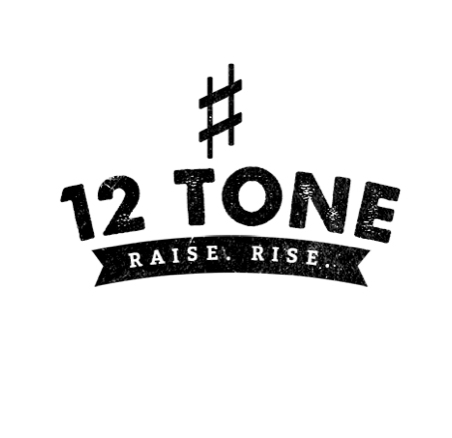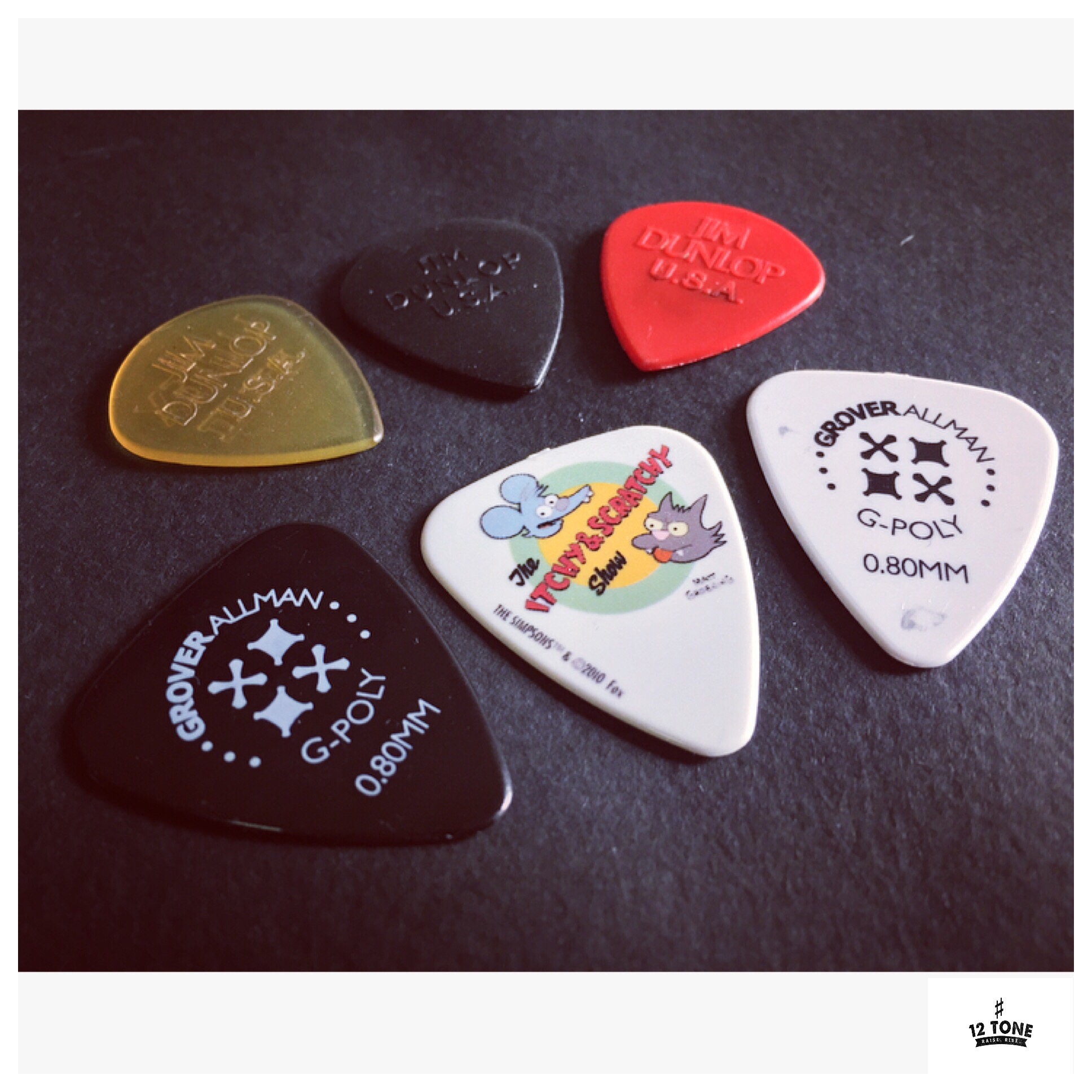Batman has Robin. Spongebob has Patrick. French fries has ketchup. A guitarist… well, he has a pick. If you’re someone who’s just picking up guitar, deciding which pick to choose might seem like a very daunting task. We’ve all been there, you get to the music shop and you ask the guy at the counter if they have picks for sale and out comes a huge box of picks. Colors, designs, shapes, thickness. Don’t panic! Here are a few tips that might help.
The general consensus is, thin picks: best for strumming. Thick picks: best for lead playing.
That might not always be the case. A thin pick (anywhere from 0.50mm to 0.70mm) has a lot more “give” and is very flexible which makes it’s a good choice for players who per-dominantly strum. Sound wise, its quite pleasing and isn’t to jarring. One downside is you might not be getting to much dynamics due to the “give” and some students tend to drop them due to the thin and lightweight nature.


Thin picks in a nutshell: Best for strumming on acoustic guitar.
Medium picks (0.80 to 1mm) are what the majority for guitarist go for. Great for strumming and lead work. Just the right amount of give and stiffness. Works for delicate arpeggios to heavy rifftin.


Meduim picks in a nutshell: Go to gauge for most guitarist. Great for strumming and lead playing. Acoustic and electric.
Heavy gauge pick (1mm and beyond) are commonly used by electric players. For music genres that require a bit more aggression in the picking hand. Great for fast lead runs as there is no “give” which makes it ideal for alternate picking. On acoustic guitars, a heavy gauge pick might sound a little to overpowering for strumming.


Heavy Picks in a nutshell: Best used with electric guitars. Great for heavy riffs, lead playing and music styles that require a bit more aggression.
There are many other factors when choosing a pick, size, material, sharpness of the edge. Don’t panic! Just like a going to a buffet, take your time and explore your options. A smaller sized pick will mean a you’ll almost forget you’re actually holding a pick, which could be a an advantage to some and a disadvantage to others. The material of the pick will change the sound of how your guitar sound. Some materials tend to highlight the projection of treble frequencies (aka high sounds, your G, B and high E strings.) Again, this might be a good or bad thing (taking into account how your guitar’s natural tone sounds in the first place). Also material will affect how well the pick will stick to your thumb and index finger.
Suggestion to beginners: Head down to your local music shop and buy a few. (They are relatively cheap, anywhere from $0.60 to a dollar upwards) Purchase a thin gauge, a medium gauge and a heavy gauge. Try to pick a consistent size. Colour and printed decorative designs doesn’t affect the playing so feel free to choose whichever. (trust me, just because it has a cool rocket printed on it, doesn’t guarantee super fast playing). Go home and try them out on your guitar. Strum softly, medium and loud. Which one sound most pleasing to you? Is there a one that keeps slipping off your fingers? And most importantly, which one feels the most comfortable?
Once you found a favorite gauge, the next time you head back to a the music shop, purchase a few of the chosen gauge but this time try different sizes and sharpness!



And please, whatever you do, don’t use a coin as a pick. It’s an instrument. Not a vending machine!
Play on!
-Darryl, 12 TONE

